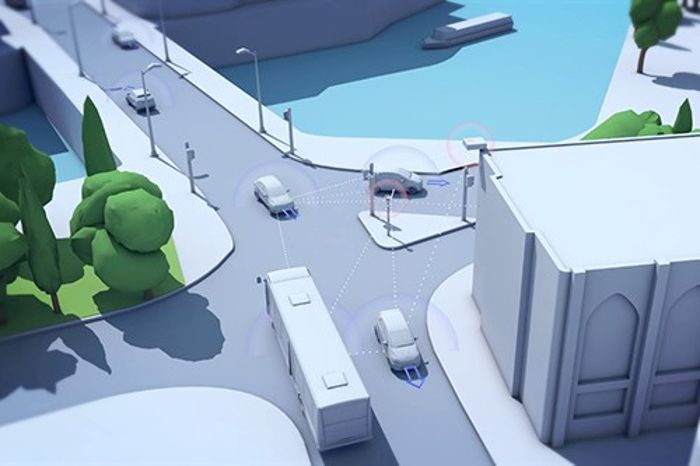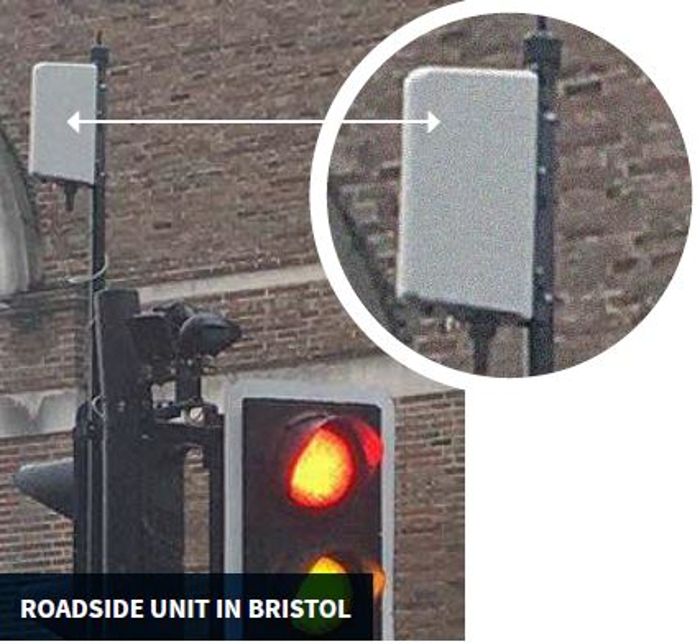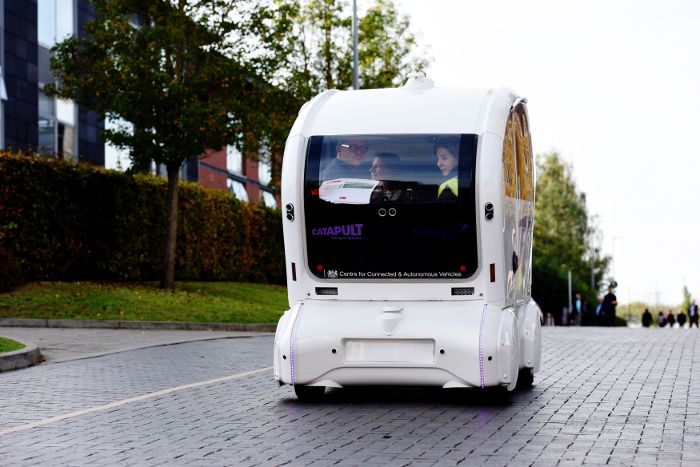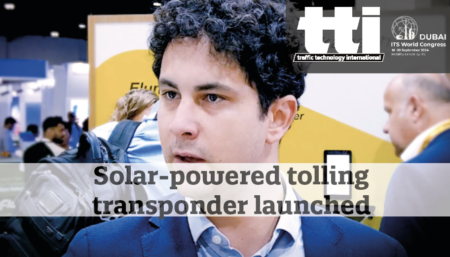The UK’s multi-organizational £5.5m (US$7m) Flourish connected and autonomous vehicle (CAV) project has completed three years of collaborative research and development and published a report on its latest findings.
The Flourish car trials have investigated the requirements for the effective, secure and resilient transfer of data between vehicles and with the cyber-physical infrastructure around them. The project has focused on data and connectivity and considered how data can be used to optimize the functionality of the road network and provide an enhanced user experience. Part of the project has involved Flourish partner, the communications systems and networks (CSN) Research Group at the University of Bristol’s Smart Internet Lab, which has pioneered the application of ‘Fog-Based Computing’ to CAVs, providing a mechanism for the real-time transfer of data between vehicles and the network. More immediate than cloud-based solutions, this ground-breaking new technology enables vehicles, and fleets of vehicles, to respond to changing road and traffic conditions and assures the provenance of the data source.

Flourish has also used simulated environments to examine how artificial intelligence (AI) can be exploited in traffic management systems to create a responsive network of CAVs. This would enable the network to respond to changes in conditions, such as the weather, an accident, or volume of traffic, immediately and reroute journeys using real-time vehicle and traffic information to safely navigate the best route. The project has also explored the potential for CAVs to communicate with each other and the surrounding infrastructure using frequencies typically associated with WiFi. Usually seen as an enabler of indoor connectivity, its low frequencies can enable data to be effectively transmitted for longer distances.

The Flourish team has pioneered an incident response framework, to maintain the integrity and service availability of wireless communications between digital and physical assets. The framework allows incidents that could undermine the integrity or impact the performance of both the vehicle and network, to be identified and assessed for the level of threat they pose. It provides a set of principles, based on the development of scenarios, for the management of a response to a range of safety incidents. These scenarios can range from deliberate interference with vehicle-to-vehicle (V2V) and vehicle-to-infrastructure (V2I) communications, to signal jamming and accidental failures.
An inclusive approach to the design of the human machine interface (HMI), the technology with which users will interact with the CAV, has been central to Flourish. Throughout the duration of the project, a series of increasingly complex real-world and simulated trial scenarios have assessed what older adults will require to be able to confidently engage with driverless cars. This has culminated in the creation of a standardized assessment framework (SAF), which establishes best practice for assessing the needs of users and linking specific user needs to design preferences.

“The Flourish team has been exploring how innovative new technologies can be used to keep our cities moving and people connected,” explained Tracey Poole, Flourish project manager and transport planning specialist at the Atkins consultancy. “We have explored the technology required to realize this vision. The benefits of CAVs include enhanced, inclusive and personalized mobility, increased capacity on our road network, and improved air quality.”





